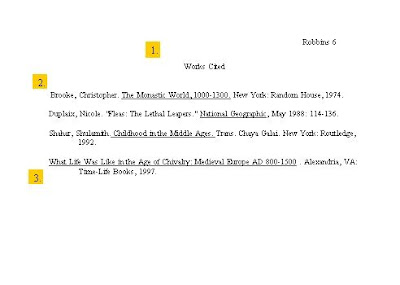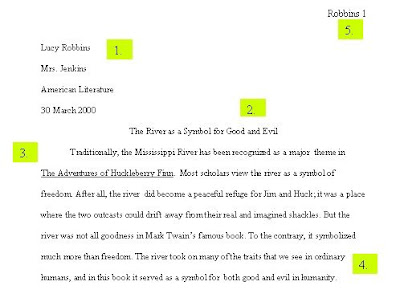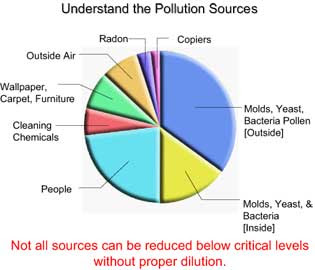Improvisation Summative Assessment Preparation &
Final Project Selection
We are at a transitional point in the course. We will be finishing our unit on Improvisation. We have already completed two units: one on theatre games & group cohesion and another unit on dramatic criticism using Goethe's standards for evaluation.
Prop Improv Story Workshop Students picked up the prop that they were "buzzed out" with for the Whose Line Is It Anyway version of Prop Improv that we performed as a large group. Students were asked to remember the property story that they developed during the class period following that exercise.
Students were then put into pairs to workshop this exercise for a portion of our summative assessment. Dating Game will be one-third of the Improv Final; Prop Story will make up another one-third of the Improv Final; and Freeze Play will comprise the remaing one-third of the final. Students then have at least three performances that comprise their Improvisation Final which is worth 100 points.
Step 1: Modeling the ProcessMr. McLaughlin and the class brainstormed how the pewter mug might generate a character. If used as a cup: a pirate, an Octoberfest participant, a medieval noble, etc. We also brainstormed how the prop might be used as another object: a trumpet for a musician, a hearing horn for an old person, a telescope for an explorer.
Then, we discussed what story that prop might have in relationship to the given characters:
Pirate: used during a pirate party causing him to fall overboard, encountering a shark
Old Person: a gift from ungrateful children who sought an inheritance
Musician: the horn that he/she used to play for a "command performance" for the king/queeen.
Step 2: Working in Small Groups: Guided PracticeStudents then worked with partners to brainstorm a list of "real" and "possible" interpretations of that prop and generated a list of characters (that could be physicalized and vocalized) and stories that center around that prop.
Step 3: Review of Evaluation Criteria: Teaching & ModelingStudents then were reminded of how we evaluate improvised performances:
Vocalization: vocal pallette, essence creation, prosodic modification, modeling, imitation
Physicalization: movement dynamics, foot manipulation, physicalization/body centers
Script-Writing: character introduction/exposition, storytelling/rising action, conflict-centered action.
Students were shown that they must stand with their back to the partner and upon the "signal" from the teacher to assume character and turn towards their partner in character to their partner. Mr. McLaughlin modeled with with a hunch-backed, slumped over, old person.
Step 4: Guided Small Group PracticeStudents then made a decsion on character, vocalization, physicalization and story. They assumed the character with their back to the audience, turned in and practiced their story for :90 seconds.
Step 5: Self Evaluation and Peer EvaluationAfter the performance, each performer "predicted" how Mr. McLaughlin would evaluate him/her on each of the criteria. The student estimated whether they would receive and "up" or a "down" from me in vocalization, physicalization and script writing.
The performer's partner then shared his/her estimation of how Mr. McLaughlin would evaluate the performance. Students were asked to be honest.
Step 6: Repeat Steps 4 & 5 for Another PerformerStep 7: Repeat Steps 2-5 for the "Third Peformer" in Odd Groups & Repeat Steps 2-5 for a Second Performace in "Even" Groups
Choosing Your Final Performance Option &
Guidelines for Finding the Right Piece for You
Students were reminded of the final performance requirements that were discussed on January 03, 2007. Students were asked to make a preliminary decision as to which of the options that he/she would choose. Most students chose to be involved in a scene.
Mr. McLaughlin shared some of the additional criteria for dress/costumes, properties, sets for each of the options.
Students were given resources to help them find a piece:
(1) Go onto the internet and enter key word "monologue" and a wide-range of sites will make themselves available;
(2) Check the following sites for good and time-appropriate monologues: http://www.whysanity.net and http://www.monologuearchive.com
(3) Use the books on reserve in Mr. McLaughlin's office and mark selected scenes with a "Post It Note" with your name on it.
(4) If you don't have internet, come to Mr. McLaughlin's office with a pass at anytime before school, after school, during school and work in there to find a piece. Or use the internet at the Council Bluffs Public Library.
(5) Use your The Stage and the School Book's tan section to find monologues or scenes.
(6) Use scenes and monologues found in Mr. McLaughlin's brown lateral file by the entrance of the Drama Room.
(7) If all else fails--which it shouldn't--see Mr. McLaughlin before the deadline for selection a piece.
 Daily Oral Language Assignments
Daily Oral Language Assignments




 1. Type "Works Cited" one inch from the top of your page. This measurement is pretty standard for a word processor, so you shouldn't have to make any page set-up adjustments--just start typing.
1. Type "Works Cited" one inch from the top of your page. This measurement is pretty standard for a word processor, so you shouldn't have to make any page set-up adjustments--just start typing.







